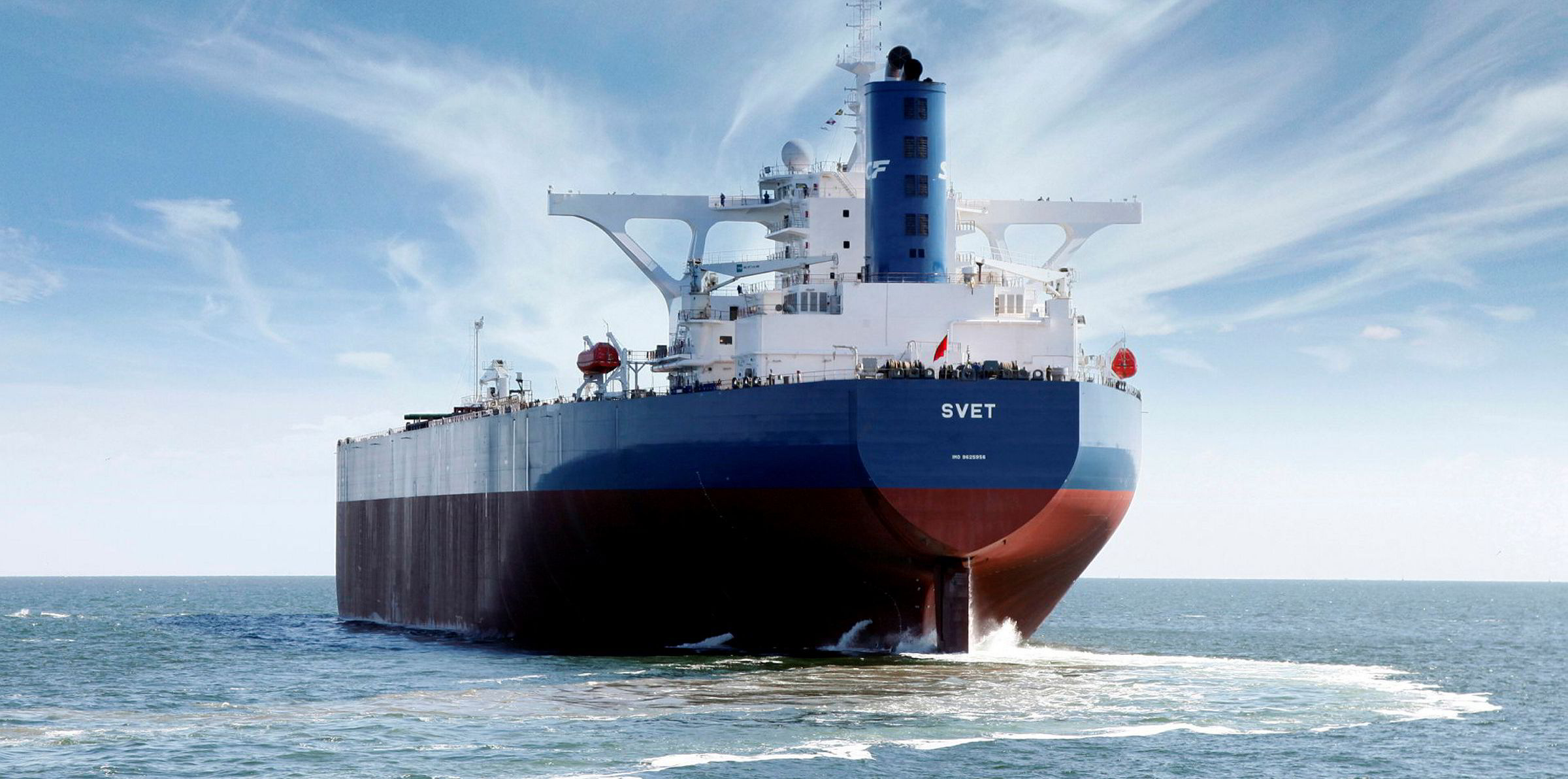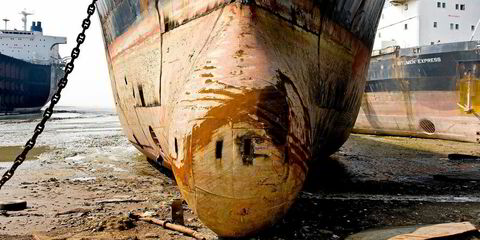The rebalancing of the oil market due to coronavirus-trigged disruption has led to a dearth of tanker fixtures in the past week, according to market sources — with demand for floating storage apparently peaking.
Brokers reported limited spot demand for tankers in the world’s main crude-exporting regions, where producers have begun the largest supply cuts in history.
“The tanker market has started to witness a substantial slowdown across all key trading routes, with TCE [time charter equivalent] levels in most cases slashed almost in half compared to the week prior,” Intermodal said in a note.
The global average TCE rate for VLCCs was $55,600 per day, suezmaxes was $40,600 and aframaxese was $38,100 on Wednesday, according to Clarksons Platou Securities.
In Worldscale terms, Unipec tentatively booked the 297,600-dwt TRF Horten (built 2018) at WS 59 for lifting from West Africa for a voyage to China. Similar fixtures were done at WS 137 a week ago.
Less floating storage
Estimates by Tanker International show only 80 VLCCs have been booked to lift from West Africa and the Middle East Gulf between 1 and 20 May, down from 124 VLCCs during the same period of last month.
Reduced exports have come as more countries are relaxing their lockdown measures designed to contain the pandemic, helping the prompt oil market stage a strong rally on hopes of a demand recovery.
“[The] key reason behind the price strengthening is regional traffic data, which indicates the demand bottom is behind us,” Rystad Energy head of analysis Per Magnus Nysveen said.
This has led to a much narrower oil contango and reduced incentives for floating storage, according to some tanker players.
“Some oil firms that had time chartered ships for floating storage are reletting their vessels,” a Chinese trader said.
“The prompt price is good enough, so some oil that was stored at sea is being resold … I reckon VLCC rates may come down more.”
Kpler data suggests 136m barrels of crude was in floating storage on Tuesday, down from a record high of 146m barrels on 28 April.
“The surplus output is now increasingly less than it was a few weeks ago,” Banchero Costa head of research Ralph Leszczynski said.
A possible rate recovery
But some analysts believe that the pace of oil demand recovery will be slower than stock builds, leading to renewed storage demand later this month.
Nysveen suggested brimming tanks are still “a couple of weeks away”, saying more shut-ins of upstream facilities are needed to ease oversupply.
“Fundamentally, there is still significant overproduction of oil that needs to find a home, hence we believe we could see another wave of storage interest later in the month when physical inventories have built further and refinery run cuts are effectuated,” Clarksons Platou said.
“[Fleet] capacity utilisation is still very high, which means whenever activity picks up again, [freight] rates could quickly move higher.”
According to the brokerage, the utilisation of global crude tanker fleet will ease only slowly to 90% in June from 95% in April.
“A lot of ships may still be on water … all depends on what happens with demand recovery, that will be killer for storage,” a London-based analyst said.








